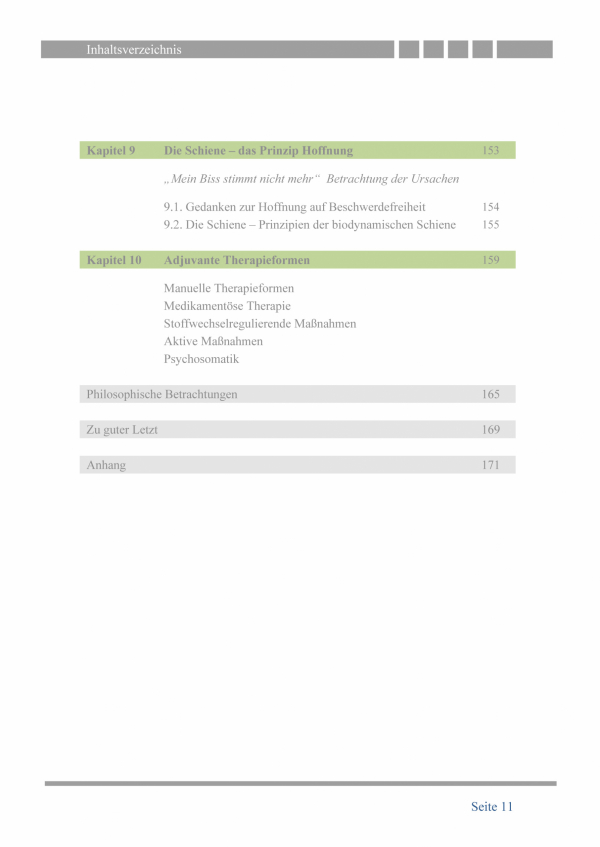Gerd Christiansen
“CMD and the lost bite | A guide for sufferers and practitioners”
1st edition 2016
PDF download
Price: 14,80 EUR
incl. VAT.
Test included?
Am I a CMD patient?
In a practice that deals intensively with the treatment of the temporomandibular joint and its disorders, we repeatedly encounter patients who have been plagued by pain for five, ten, even twenty years. Headaches, dizziness, earaches and much more gnaw at their psyche if left untreated. They sleep badly, often not at all or too little.
This guide is written for these patients.
Do you recognize yourself?
That’s one side of it. The term CMD has caused quite a stir in recent years, as has the feeling of being stressed. Stress, teeth grinding and CMD have now been combined into one term for the sake of simplicity. You go to the dentist because of your complaints. The dentist tells you: “You grind your teeth. You have stress. I’ll have a grinding splint made for you.”
You gratefully accept it, because your health insurance will pay for it. But it doesn’t help, the discomfort remains. That’s the rule.
For this situation, we have included a list of therapists at the end of the guide who make more effort, sometimes considerably more, and also understand something about the temporomandibular joint.
Speaking of understanding! If you want to become pain-free, you should also understand where your pain is coming from. Not everyone wants that, I know. Many patients go to the doctor, “Doctor, you do it!” But in this day and age, we can no longer avoid knowing and understanding one or two things about our illness.
For these patients, we have explained in a generally understandable way where the complaints originate and what we as therapists and you as patients can do to support them.
The Internet, with its wealth of information and mostly congruent claims, is by no means always a good source of advice. That’s why we’ve written this book for you – speaking of understanding! If you want to become pain-free, you should also understand where your pain is coming from. Not everyone wants that, I know. Many patients go to the doctor, “Doctor, you do it!” But in this day and age, we can no longer avoid knowing and understanding one or two things about our illness.
For these patients, we have explained in a generally understandable way where the complaints originate and what we as therapists and you as patients can do to support them.
The Internet, with its wealth of information and mostly congruent claims, is by no means always a good source of advice. That is why we have written this book for you.



















